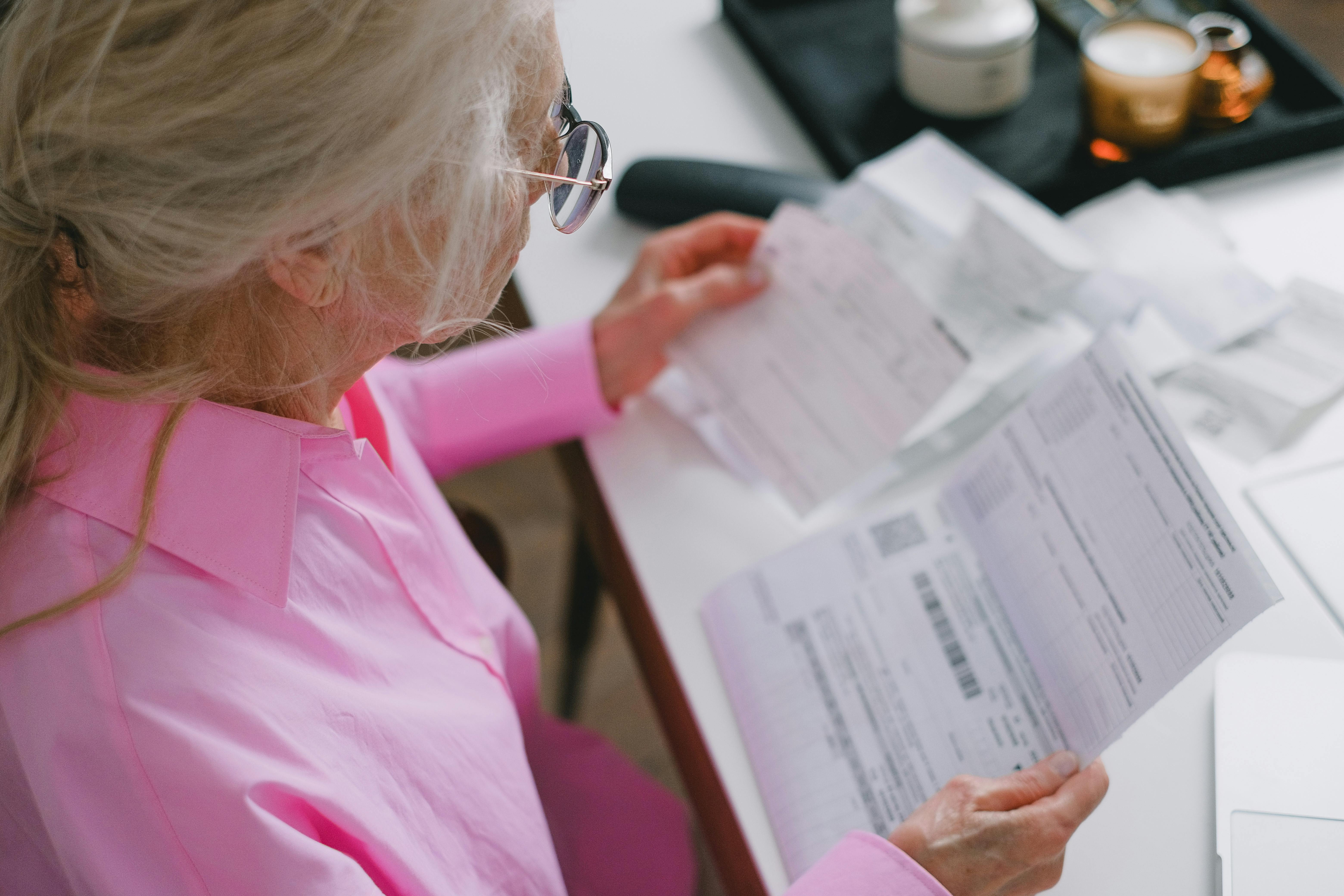Senior protects house from $100K judgment lien with Chapter 7
Chapter 20
NEVER heard of Chapter 20? That’s because in the Central District of California, most courts don’t allow Chapter 20, except in Riverside. Riverside bankruptcy court allows Chapter 20. What is Chapter 20? First, you do a Chapter 7 to discharge your debts. Then you file a Chapter 13 to avoid a junior lien on your residence. The two together is a Chapter 20. Clients, husband & wife are in their fifties. They owe $100K of credit card and personal debt. Wife is a registered nurse. Husband is a warehouse person. They owe two mortgages on their residence. They owe a balance of $480K on the first, and $120K on the second. They have not paid the first mortgage for six months and there are arrears of $20K on the first. They have not paid the 2nd for a year and owe arrears of $12K on the 2nd.
The house surprisingly is still upside down. There is no equity supporting the 2nd. The current fair market value of the house is $420K. Even though they haven’t paid the first for six months, there is no notice of default yet. Therefore, foreclosure has not started. They want to save the house and get rid of all unsecured debt of $100K. Should they file Chapter 13 because of the mortgage default and because they want to get rid of the 2nd trust deed, or should they do a Chapter 7? The best strategy for clients is to do a Chapter 20. First, they do a Chapter 7. That will discharge all their debts. Then, they do a Chapter 13 to remove the 2nd trust deed. However, the time frame is critical. If the Chapter 7 sails through without problem, they get a discharge in four months. In the fourth month, they will still own the house because foreclosure has not yet started. When they get their Chapter 7 discharge on the fourth month, they can then file a Chapter 13 to remove the 2nd trust deed.
What this strategy will allow them to do is not worry about paying a portion of the unsecured debt of $100K in the Chapter 13 because that has been discharged in Chapter 7, it will also allow them to cure the default of the first mortgage over 60 months in the Chapter 13, and most importantly, when they strip the 2nd mortgage in the Chapter 13, there is no unsecured portion of the 2nd trust deed that has to be paid in the plan because the Chapter 7 discharged the 2nd trust deed. In other words, the Chapter 13 plan only has to pay the arrears of the first mortgage. The plan doesn’t have to pay any unsecured debt because they are all discharged in the Chapter 7, including the 2nd mortgage, which becomes unsecured debt of $120K when it is avoided by the LAM motion in the Chapter 13.
Note that you can only do this if your residence is still upside down now and for the next 4 to 5 months, and that there is no risk of foreclosure of your residence in the next 4 to 5 months. Starting this month, even bankruptcy courts in the Central District of California, namely, Los Angeles, Woodland Hills, and Santa Ana will allow Chapter 20 because the 9th Circuit Court of Appeals decision on July 9, 2015 in Re Boukatch, that the Court of Appeals was joining the ‘growing consensus of courts’ allowing debtors to use Chapter 13 to strip off wholly unsecured liens after receiving a Chapter 7 discharge. So, they now recognize Chapter 20 debtors. Prior to this ruling, you can only get a Chapter 20 in Riverside.
Chapter 7
Client is 68. I saw him last year and I told him last year to file his Chapter 7 at that time to prevent a judgment lien on his residence from happening. But being the stubborn person that he is and one who seems to revel in procrastinating, he decided to not file his Chapter 7 last year. Last year, he was sued for $100K in a business lawsuit, which he decided not to defend against. Probably because he knew he was guilty. A default judgment was entered two months ago. Still he waited and did not do anything to protect his house. If he filed for Chapter 7 two months ago, the judgment of $100K would have been wiped out, thus preventing a judgment lien for $100K on his house from happening this week. This week, he received a notice of involuntary judgment lien on his house for $108K, which I warned him about last year. Now, he wants to file the Chapter 7. After the judgment lien came in, the IRS followed with $90K of tax liens.
Well, it not that simple anymore. His residence has $300,000 of equity. Even if he qualifies for $175K equity exemption, there still $125K of free equity on which the lien attaches. He cannot remove the judgment lien on the $125K at this late time. He is afraid that creditor may move to sell his house because of the lien, is this possible he asks? Of course the creditor can move to sell the house because creditor has a secured lien on the house, and if that is not paid, he can ask the superior court to allow him to sell the house so he can get paid.
Chapter 7 now will prevent creditor from taking the next step of selling his house because the discharge will prevent creditor from taking any further steps to collect the debt, including asking the court to sell client’s house. So, the Chapter 7 still protects his house by preventing the judgment creditor from selling his house because of the lien, so he can live in the house until he dies and the judgment creditor will not be able to do anything to collect the judgment. Frankly, I don’t know how this client thinks. I warned him early enough to file Chapter 7 last year to prevent this from happening. Makes no sense to me at all.
“By day the Lord directs His love, at night His song is with me – a prayer to the gold of my life.” — Psalm 42:8h.
* * *
Lawrence Bautista Yang specializes in bankruptcy, business, real estate and civil litigation and has successfully represented more than five thousand clients in California. Please call Angie, Barbara or Jess at (626) 284-1142 for an appointment at 1000 S. Fremont Ave, Mailstop 58, Building A-1 Suite 1125, Alhambra, CA 91803.




